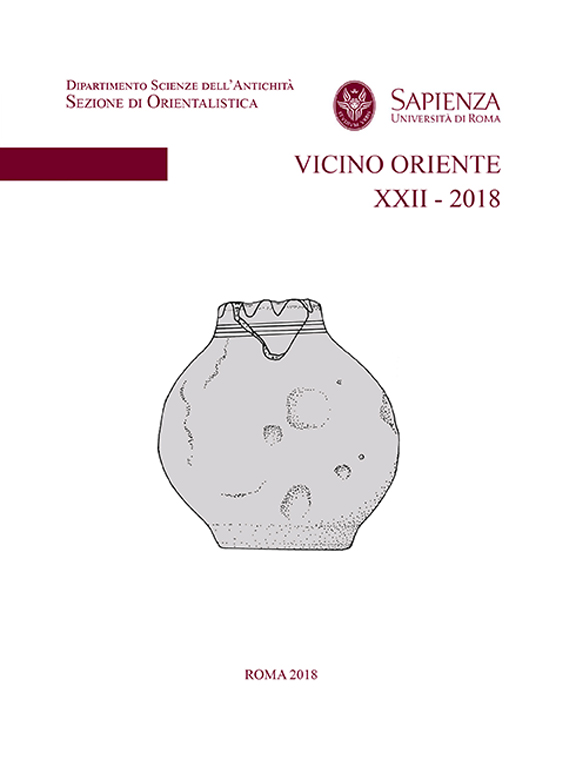Abstract
This paper springs out from a collaborative project jointly carried out by the FabLab Saperi&Co
and the Museum of Near East, Egypt and Mediterranean of Sapienza University of Rome focused at
producing replicas of ultra-thin archeological finds with a sub-millimetric precision. The main
technological challenge of this project was to produce models through 3D optical scanning
(photogrammetry) and to print faithful replicas with additive manufacturing.
The objects chosen for the trial were five extremely fragile and ultra-thin nacreous shells
retrieved in Tell es-Sultan/ancient Jericho by the Italian-Palestinian Expedition in spring 2017,
temporarily on exhibit in the Museum. The experiment proved to be successful, and the scanning,
modeling and printing of the shells also allowed some observations on their possible uses in research
and museum activities.

Questo lavoro è fornito con la licenza Creative Commons Attribuzione - Non commerciale - Non opere derivate 4.0 Internazionale.
Copyright (c) 2023 VICINO ORIENTE

